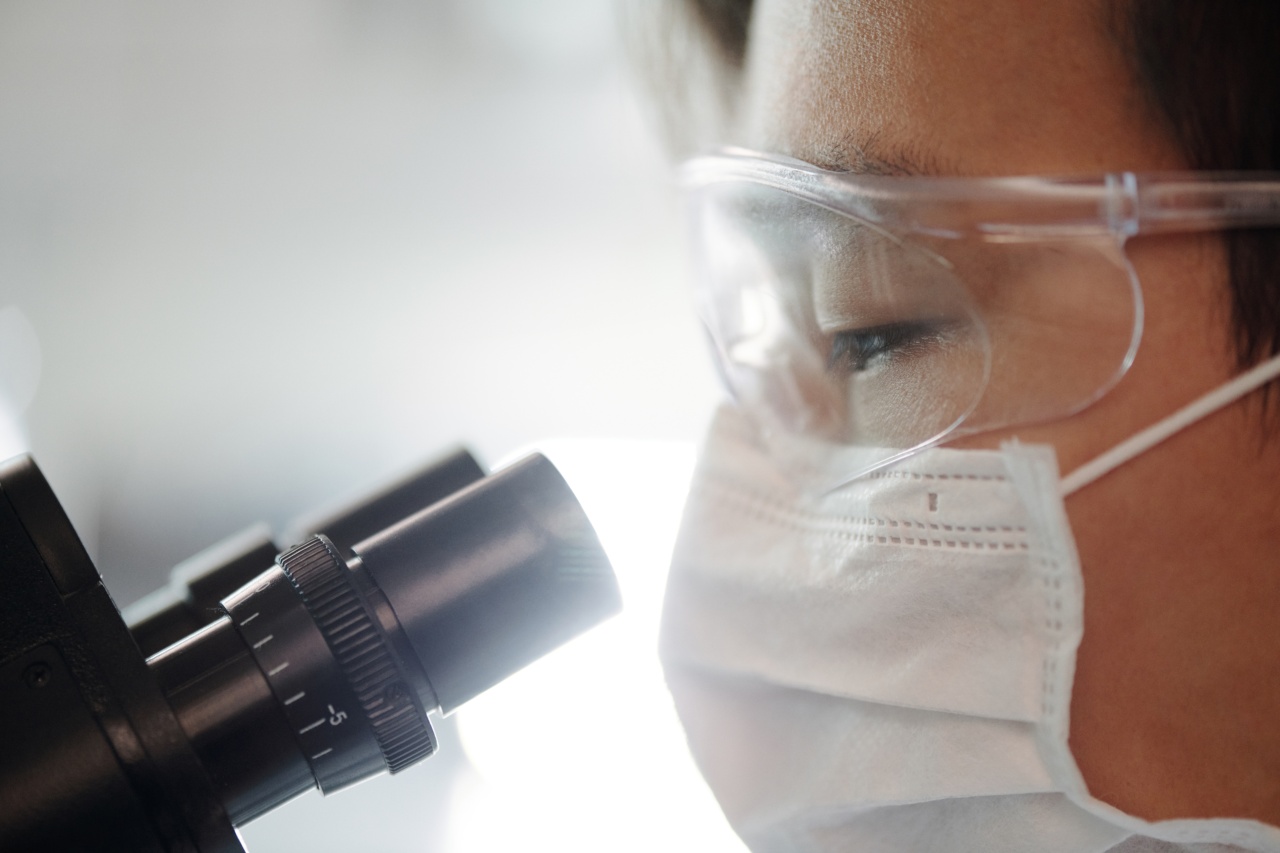In recent years, the emergence of drug-resistant bacteria has become a significant global health concern. The evolution of drug resistance in bacteria is a complex phenomenon driven by various factors, including natural selection and human activities.
This article explores the evolution of drug-resistant bacteria, the consequences of this evolution, and potential strategies to combat the growing threat.
The Rise of Antibiotics
Before delving into the evolution of drug-resistant bacteria, it is crucial to understand the background of antibiotics. Antibiotics revolutionized modern medicine by effectively treating infections caused by bacteria.
These drugs were once considered a magic bullet, capable of killing bacteria and saving lives. However, this golden age of antibiotics did not last long.
Mechanisms of Drug Resistance
Drug resistance in bacteria can arise through several mechanisms. One of the most common mechanisms is through the acquisition of resistance genes through horizontal gene transfer.
Bacteria can exchange genetic material with other bacteria, including those of different species, leading to the spread of drug resistance. Mutations in bacterial genes can also confer resistance to antibiotics.
Factors Driving the Evolution of Drug Resistance
The evolution of drug-resistant bacteria is driven by two primary factors: natural selection and human activities. Natural selection favors the survival and reproduction of bacteria with resistance traits, especially in the presence of antibiotics.
Human activities, such as the misuse and overuse of antibiotics, further accelerate the evolution of drug resistance by creating selective pressures. These factors provide a conducive environment for resistant bacteria to thrive and spread.
Consequences of Drug Resistance
The consequences of drug-resistant bacteria are far-reaching and pose significant challenges for healthcare systems worldwide. The treatment of infections becomes more challenging as few effective antibiotics remain.
This leads to prolonged illness, increased mortality rates, and higher healthcare costs. Additionally, drug-resistant bacteria can spread within communities and healthcare settings, leading to outbreaks that are difficult to control.
Antibiotic Stewardship and Infection Control
To combat the evolution of drug-resistant bacteria, a multifaceted approach is required.
Antibiotic stewardship programs aim to optimize antibiotic use by promoting appropriate prescribing practices, reducing unnecessary antibiotic use, and educating healthcare professionals and the public about the risks of antibiotic resistance. Infection control measures, such as hand hygiene, proper disinfection practices, and isolation precautions, are also crucial in preventing the spread of drug-resistant bacteria.
Development of New Antibiotics
The development of new antibiotics is essential to address the growing threat of drug resistance. However, the pipeline for new antibiotic discovery is alarmingly dry.
The high cost and lengthy development process, coupled with a lack of financial incentives for pharmaceutical companies, have led to a decline in antibiotic research and development. Efforts to incentivize and support antibiotic discovery are necessary to ensure a robust arsenal against drug-resistant bacteria.
Alternative Approaches
In addition to new antibiotics, alternative approaches are being explored to combat drug-resistant bacteria. One promising avenue is the development of therapies that target bacterial virulence rather than killing the bacteria outright.
By inhibiting virulence factors, such as the ability to form biofilms or produce toxins, these therapies can render bacteria less harmful without driving resistance. Other approaches include the use of phage therapy, probiotics, and immunotherapies to enhance the body’s own defense mechanisms against bacteria.
Global Collaboration and Surveillance
Addressing the evolution of drug-resistant bacteria requires global collaboration and surveillance. International cooperation is essential to track the spread of drug resistance, share information and resources, and develop unified strategies.
Surveillance systems can help identify emerging resistance patterns, inform treatment guidelines, and facilitate early detection and containment of outbreaks.
Conclusion
The evolution of drug-resistant bacteria is a pressing issue with significant consequences for public health.
Understanding the mechanisms driving resistance, implementing antibiotic stewardship and infection control measures, developing new antibiotics, exploring alternative approaches, and fostering global collaboration are all vital in the fight against drug-resistant bacteria. Acting now to address this global threat is crucial to protect the effectiveness of antibiotics and ensure a healthier future for generations to come.




























